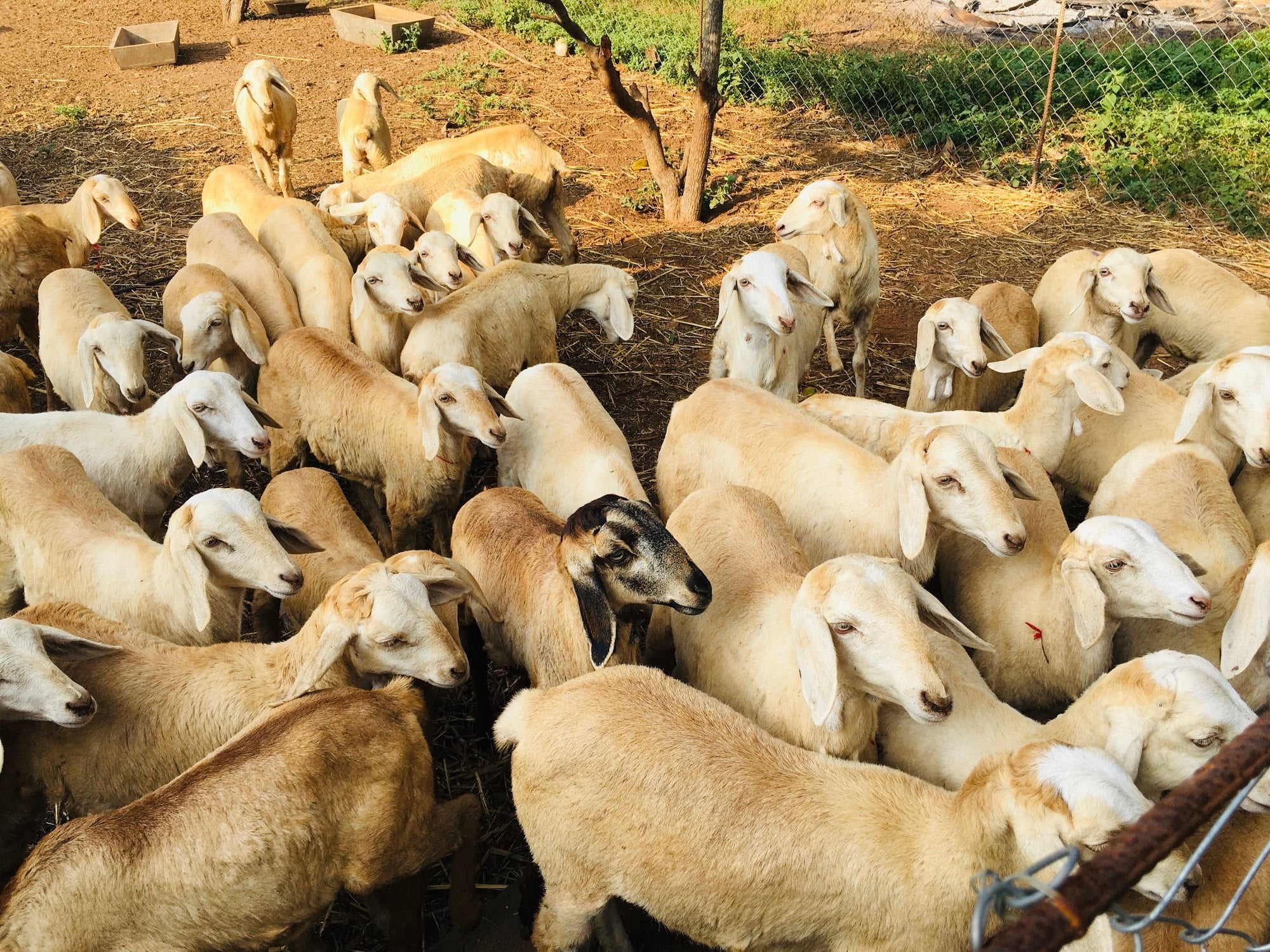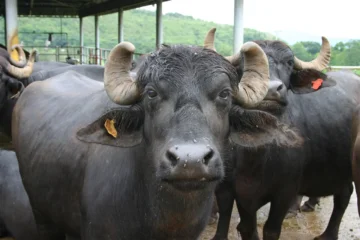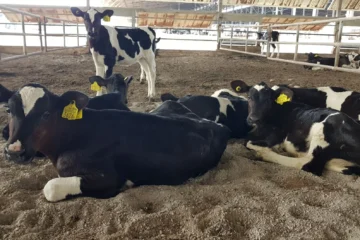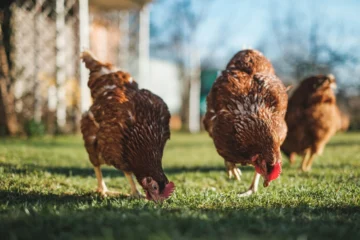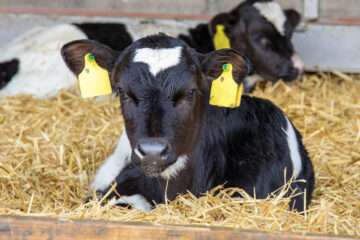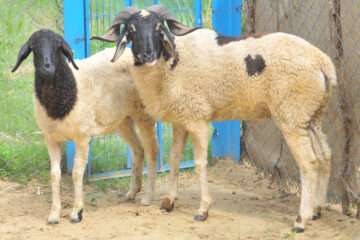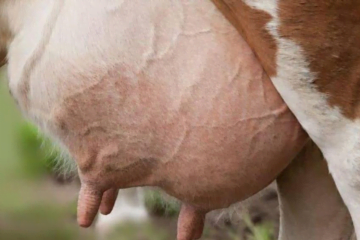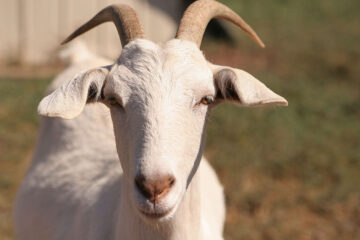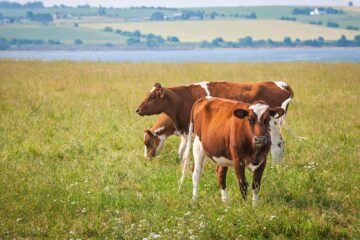Published in: March 2017
Blue Tongue Disease is a viral infection that affects red sheep, among other livestock. The virus spreads through bites from Culicoides midges, making the disease more prevalent during the rainy season when these insects multiply. Besides red sheep, it affects goats, cattle, buffaloes, camels, and wild ruminants. The disease was first identified in India in 1964 and in Tamil Nadu, specifically in Dindigul district, in 1982.
Cause of the Disease
The disease is caused by a virus belonging to the Reoviridae family and the Bluetongue virus group. To date, 29 different serotypes of the virus have been identified worldwide.
Transmission
Blue Tongue Disease is not contagious. It spreads when Culicoides midges bite infected animals and then bite healthy ones. The virus multiplies in the salivary glands of the midges and can be transmitted throughout their lifespan. The virus can also spread through ticks, contaminated needles, and semen. The prevalence of the disease depends on rainfall, temperature, and humidity, which influence the midge population. The infection rate can reach 100%, with a mortality rate ranging from 2% to 30%.
Symptoms
Although the disease affects sheep of all ages, older sheep are more severely impacted. Infected sheep exhibit high fever, lethargy, and sores in the mouth, leading to excessive salivation. They struggle to eat and drink, resulting in weight loss.
- Initially, nasal discharge is clear but becomes thick and dry within 2-3 days, blocking the nostrils and causing breathing difficulties.
- Swelling and redness appear on the face, lips, eyelids, and ears.
- Mouth tissues develop sores and necrosis, and the tongue swells and turns blue, giving the disease its name.
- Reddening above the hoof leads to lameness.
- The neck becomes twisted due to swelling and pain.
Losses
The disease results in significant economic losses due to:
- Death of sheep
- Reduced muscle quality and meat weight
- Abortions in pregnant ewes
- Decreased wool quality in wool-producing sheep
Prevention and Control
There is no specific treatment for Blue Tongue Disease, but preventive measures can be taken:
- Control Animal Movement: Restrict movement of livestock from infected to non-infected areas.
- Quarantine and Monitoring: Implement strict quarantine measures and monitor animals closely.
- Control Midge Population: Reduce midge population in infected areas.
During the rainy season:
- Spray insecticides inside and around sheep pens.
- Ensure proper drainage to prevent stagnant water.
- Remove bushes around the pens.
- Use electric traps to reduce midge population.
Vaccination
Vaccination is the most effective way to prevent the disease. Administer vaccines to lambs at three months old and provide annual booster shots to protect sheep from Blue Tongue Disease.
Dr. M. Sivakumar, Dr. M. Dasprakash, Veterinary Science University Training and Research Centre, Dindigul – 624 004.

